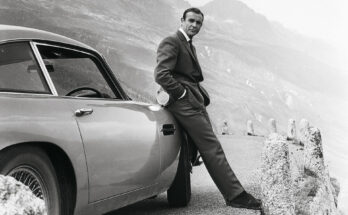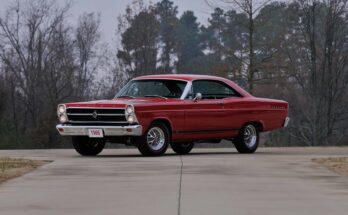In 1989, the Lincoln Town Car Signature Series rolled off the assembly line as a gleaming testament to American luxury, a car that seemed to whisper, “This is what a luxury car should be.” Picture it: a massive, 18-foot-long sedan, draped in chrome and adorned with a padded vinyl “coach roof,” gliding down the highway like a yacht on wheels. This was the final year of the first-generation Panther platform Town Car, a vehicle that embodied the excess and opulence of the 1980s while hinting at the modern era to come. Let’s dive into the story of this iconic machine through some fascinating facts that make the ’89 Signature Series a standout in automotive history.
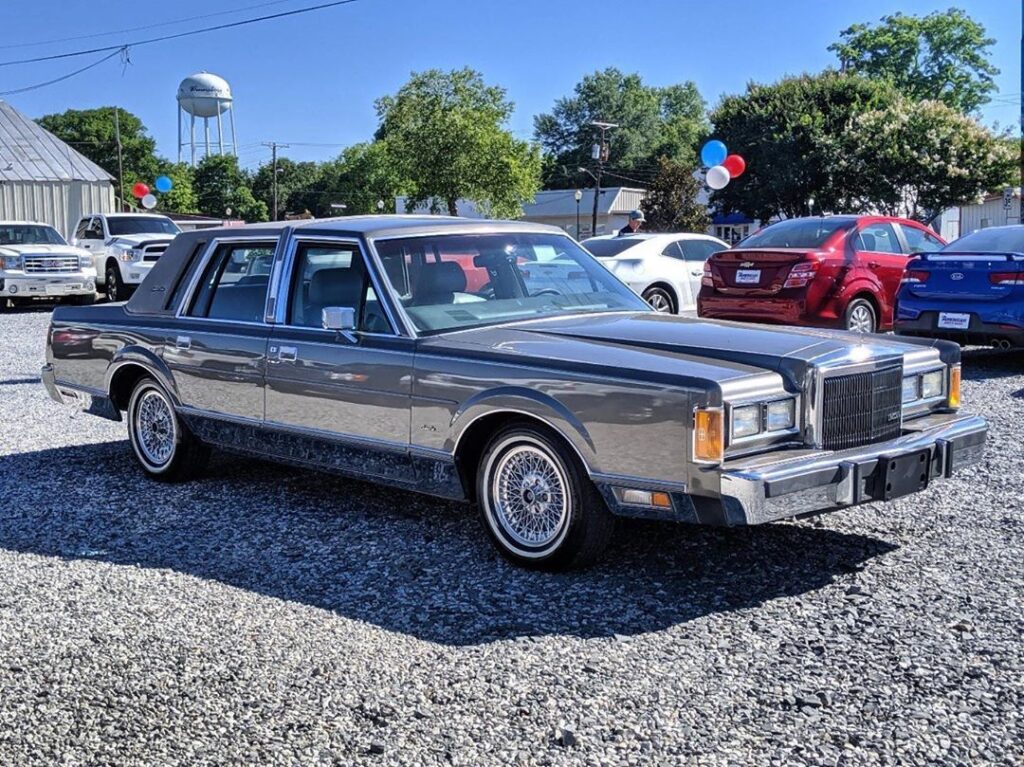
First, let’s talk about its regal presence. The 1989 Lincoln Town Car Signature Series was the last of its kind to sport traditional luxury cues that screamed old-school Americana. It was the final year for the landau top—Lincoln’s “coach roof”—a padded vinyl covering that gave the car a formal, almost aristocratic air. The B-pillar opera lamps, those glowing emblems of sophistication, also made their final appearance, casting a soft glow on the car’s flanks. Genuine wire wheels, a rare sight even then, spun with a quiet dignity, and the bladed front fenders added a touch of menace to its otherwise plush demeanor. These details, from the stand-up hood ornament to the crests embroidered on the seats, made the Signature Series a rolling showcase of Lincoln’s commitment to ornamentation. As one enthusiast noted, a walkaround revealed “all manner of Lincoln ornamentation,” from chrome accents to the iconic “Lincoln” logos on the grille and trunk, which replaced the blocky font of earlier models.
Under the hood, the Signature Series packed a 5.0-liter V8 engine with electronic fuel injection, producing 150 horsepower and a robust 270 lb-ft of torque. While 150 horses might sound modest today, that torque gave the Town Car a surprising kick, making it feel more powerful than its numbers suggested. Owners raved about its smooth ride, often comparing it to “floating on a cloud” or a “couch on wheels.” One owner, reflecting on their maroon ’86 Signature Series, was shocked at how lively it felt despite its modest power, a testament to the car’s ability to deliver effortless cruising. The four-speed automatic overdrive transmission (AOD) ensured fuel efficiency for a car of its size, making it a practical choice for long highway journeys, whether you were a business tycoon or, as history would have it, the President of the United States.
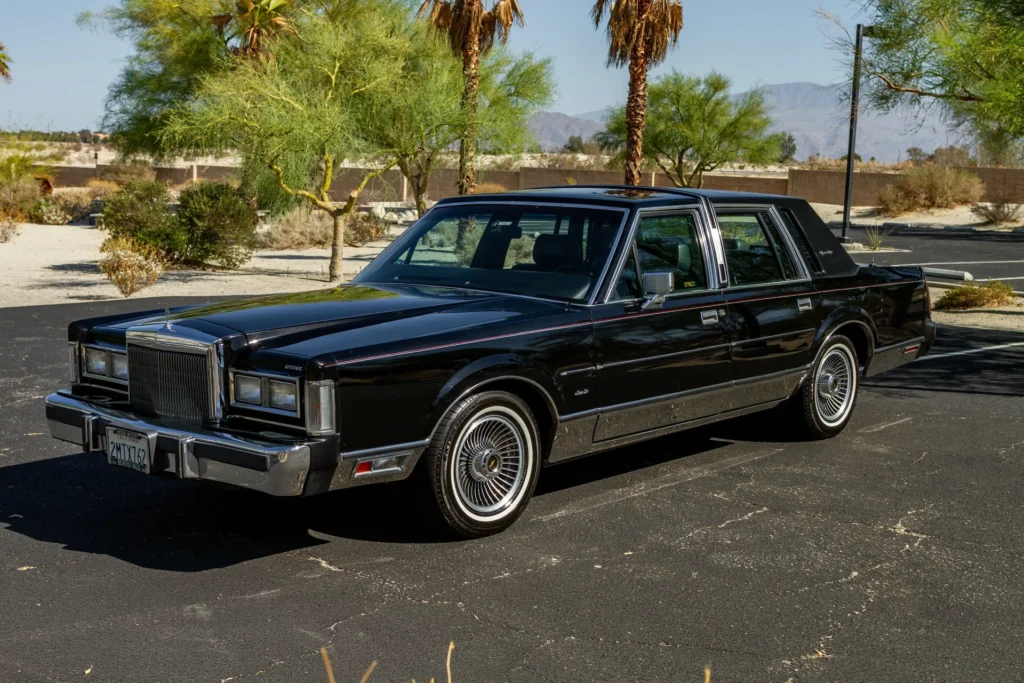
Speaking of presidents, here’s a juicy tidbit: the 1989 Lincoln Town Car was chosen as the Presidential State Car for George H.W. Bush. Commissioned to replace the 1983 Cadillac Fleetwood used during Reagan’s administration, this stretched, armored Town Car served throughout Bush’s presidency, ferrying him in style and security. It remains the last Lincoln to hold such an honor, a symbol of the car’s prestige and reliability. This wasn’t just a car for the elite, though—its Panther platform, shared with Ford’s police cars and taxis, meant it was built to withstand abuse, racking up hundreds of thousands of miles with ease. One owner boasted of their ’89 Town Car hitting 889,675 miles with the original transmission, a testament to its durability.
The Signature Series wasn’t just about base luxury; it was a step above the standard Town Car, priced at $28,206 (about $70,589 in today’s dollars) compared to the base model’s $25,205. It came loaded with features that defined indulgence: power everything—steering, brakes, windows, locks, seats, and mirrors—plus a digital vacuum fluorescent instrument cluster, a trip computer, and plush “floating-pillow” seating that felt like sinking into a velvet cloud. The rare Gucci Edition, marked by a special blue canvas roof and a “Signature” badge on the C-pillar, added even more exclusivity, with its unique trim and VIN code 84. These were so limited that many were lost to the Cash for Clunkers program, making surviving examples highly coveted.One quirky fact? The ’89 Town Car didn’t come with cupholders—a shocking omission for a car designed for comfort. Owners didn’t seem to mind, though, as they were too busy enjoying the “hushed” ride and the keyless entry keypad, a Ford innovation called SecuriCode.
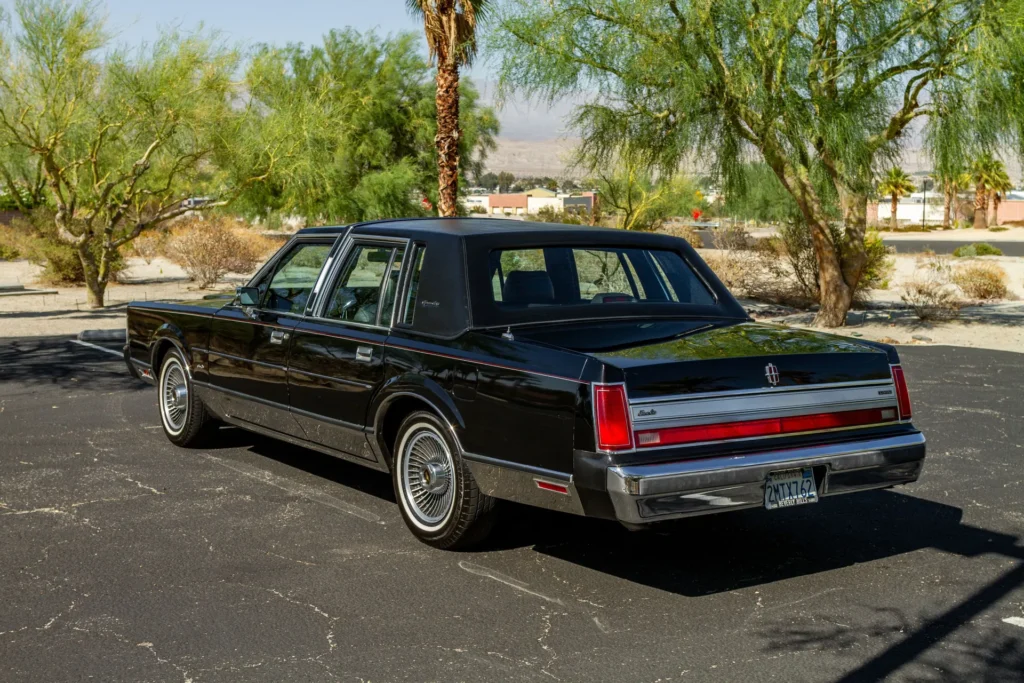
The amber front turn signal lenses were also unique to 1989, a subtle but distinctive marker that enthusiasts still use to spot these cars. And while the Cartier Edition, with its Silver Frost and Pewter two-tone paint, was the top trim, the Signature Series held its own with options like turbine alloy wheels or a power moonroof, catering to buyers who wanted near-top-tier luxury without going full Cartier.The ’89 Town Car also had a cultural footprint. Its boxy, imposing design made it a favorite for limousine conversions, dominating the “stretch limo” trade. Lincoln’s ads, like the famous “The Valet” campaign, cheekily mocked Cadillac’s lookalike designs, positioning the Town Car as the pinnacle of American luxury. With 123,669 units produced in 1989, it was a sales juggernaut, outselling many competitors and cementing its status as a favorite among traditional luxury buyers who weren’t ready for the sleeker 1990 redesign.Owning one today is like stepping into a time capsule. Enthusiasts on forums like Reddit’s r/lincolnmotorco gush over their low-mileage finds, with one owner showcasing a Cartier with just 60,000 miles and reupholstered Admiral Blue leather seats. Another, who snagged a Signature Series for $600, mourned selling it after it faithfully served short commutes despite an overheating issue. These cars, often passed down through families, carry stories—like the owner whose uncle rebuilt the engine for extra horsepower, or the Australian whose right-hand-drive ’79 Town Car sported a cast alloy dash and police-spec springs.
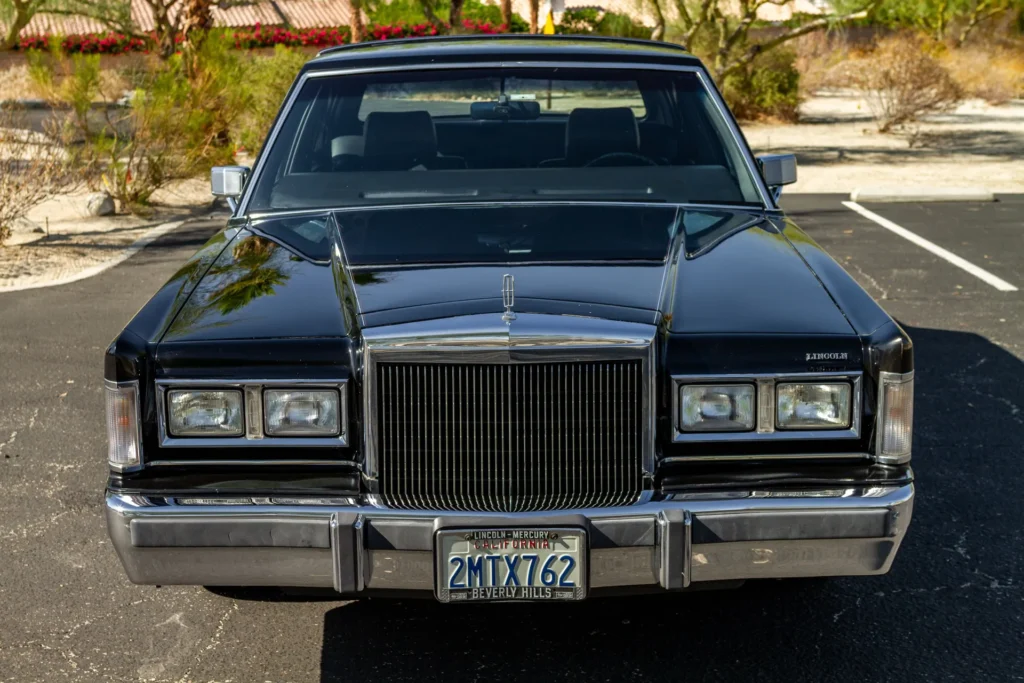
The 1989 Lincoln Town Car Signature Series wasn’t just a car; it was a statement. It was the last hurrah of an era where luxury meant size, chrome, and a ride so smooth you’d forget the road beneath you. Whether cruising interstates or ferrying presidents, it earned its place in history as a symbol of American excess, durability, and timeless style. If you ever spot one, with its amber signals glowing and opera lamps twinkling, you’re not just seeing a car—you’re witnessing a piece of 1980s grandeur still rolling strong.

